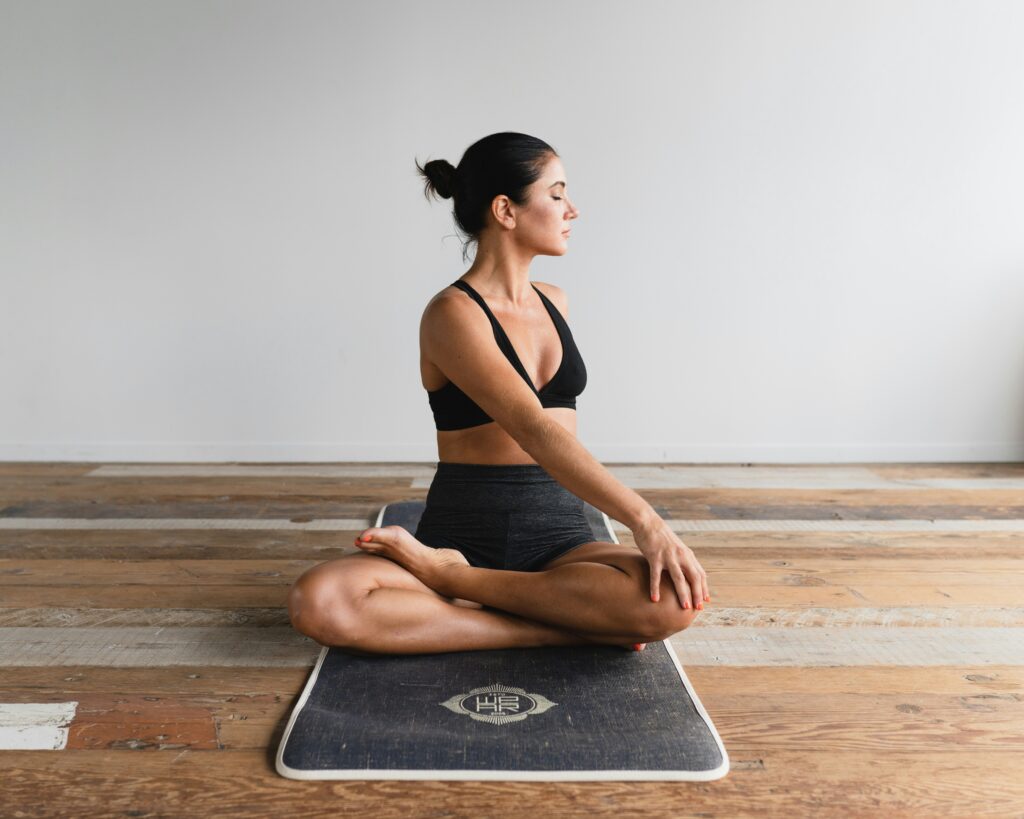Pilates is a form of low-impact exercise that aims to strengthen muscles while improving postural alignment and flexibility. A typical Pilates workout tends to be 45 minutes to an hour long.
You can do Pilates with or without equipment and expect the moves to involve slow, precise movements and breath control.
Although Pilates is specifically defined as exercise for the core, it is important that clients know that the core includes the entire trunk, which is the abdominals, the hips, the inner and outer thighs, the glutes, the back and arms.
Pilates is remarkably effective and medically approved. It is of a holistic nature, being based upon a well constructed philosophical foundation. Central to the method is ‘awareness of your own body’ and each and every exercise is built around its eight basic principles:
- Relaxation
- Concentration
- Co-ordination
- Centering
- Alignment
- Breathing
- Stamina
- Flowing Movements
How will you benefit from doing Pilates?
By working on the deep architectural structure of the body, ‘core stability’ is achieved, and then maintained, through increasingly complex movement sequences.
- Provides whole-body fitness
- It can be adapted to anyone
- Strengthens muscles without bulking them up
- Enhances posture and breathing
- Improves muscle flexibility
- Builds incredible core strength
- May help increase weight loss
- Helps increase mind-body connection
- Helps improve muscle imbalances
Your body awareness is heightened by bringing together mind and body. Pilates teaches you to be in control of your body, allowing you to handle stress more effectively and achieve relaxation more easily.
The Pilates Method can work for everyone, regardless of fitness level. Exercises can be mat or machine based, and are found to be particularly safe for those with back problems (and don’t forget that 95% of the UK population has, or has had, backache). Its consistent success rate in solving such problems has brought it to the attention of osteopaths, chiropractors, physiotherapists and homeopathic doctors.
Classes usually have a maximum of 12 people and your pilates teacher should have a good grounding knowledge of the body, anatomy and physical therapy.
If you cannot get to a pilates class, there are plenty of online pilates classes. Make sure the class you attend is run by a qualified Pilates trainer. Always check your teachers credentials.
